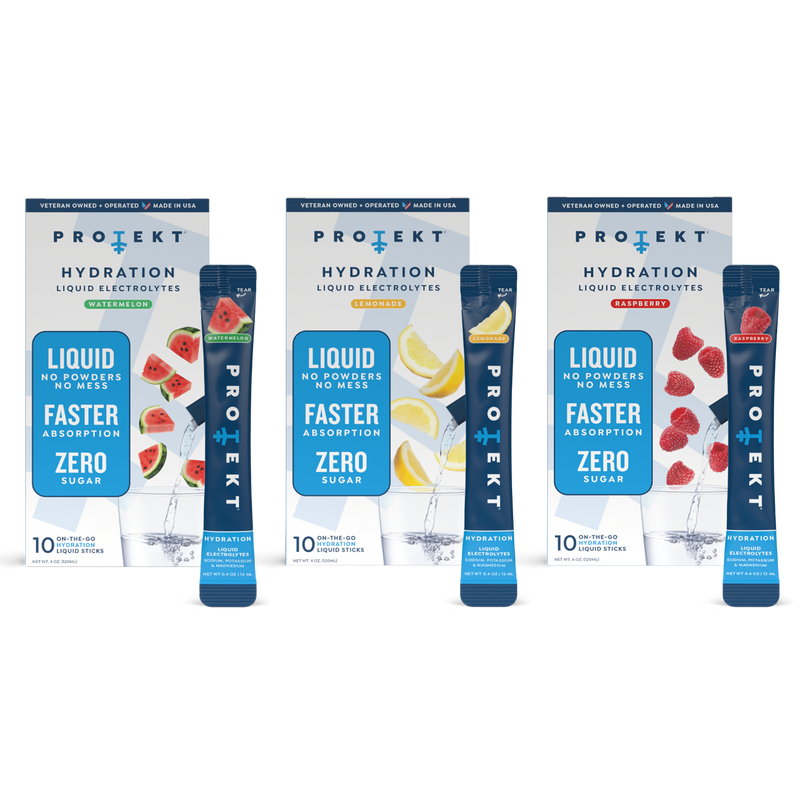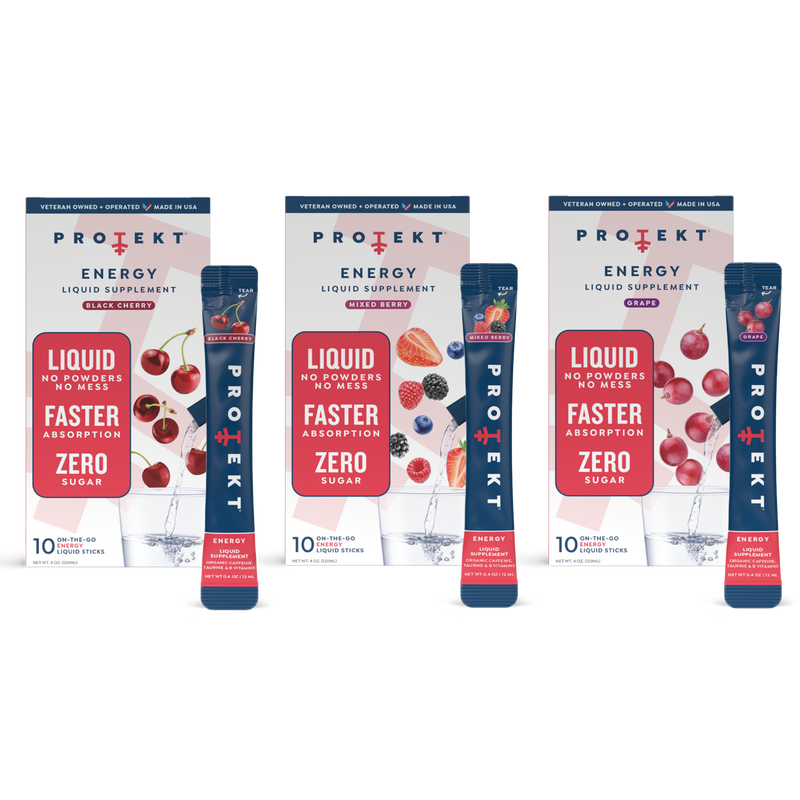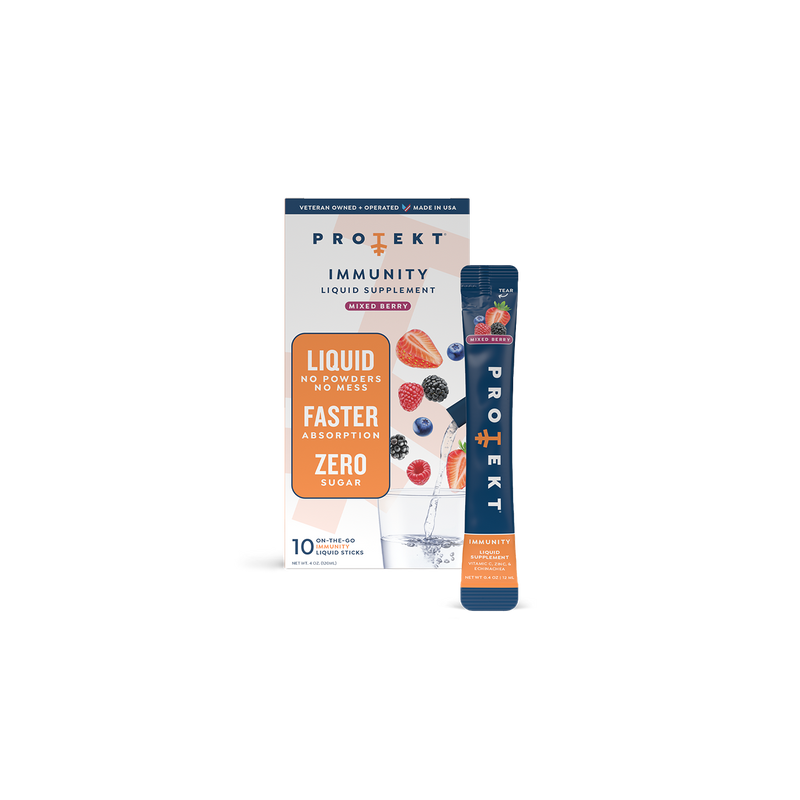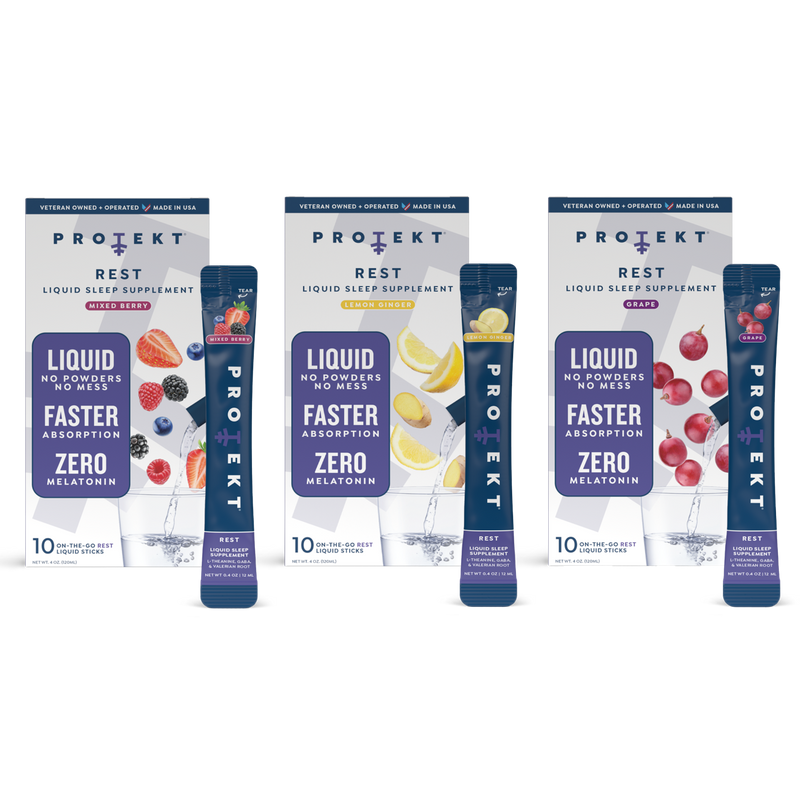Understanding the basics of your daily diet is a pretty big chunk of your overall health and wellbeing, and yet so many still dwell in the confusion. Maybe it’s all the fad diets that are perpetually circulating in our vanity-driven culture. Maybe we’ve got the wrong idea about what a diet is supposed to even do for us in the first place!
We like to think of our diet as an input that provides our bodies with the stuff that can (potentially) enable us to do great things. Because we have control over this input, we can optimize it. Simply put, it’s a big part of how to create a fitness plan that gets us to our goals.
So What are Macronutrients?
Macronutrients fall into three major categories: Carbohydrates, Proteins and Fats.
They are the main things you need to keep living, growing and moving. They are what the average human consumes the most of in their diet, and they provide the majority of the energy that the body uses for internal processes and the muscle movements that lead to external motion. They can be measured in grams, which is useful in telling how much of a particular nutrient is present in a certain food, and they can also be measured in calories, which tells how much energy they provide to the body. A typical human body requires about 2,000 to 3,000 calories per day, depending on the level of activity.
What Does Each Macronutrient do?
- Carbohydrates are your body’s first choice of fuel. If there are carbs on hand, that’s what’s getting used to produce energy and make your muscles move.
- Proteins can also be used as fuel, but the real benefit is that it builds muscle. Protein is also essential for helping repair tissue damage and allowing your body to heal itself after an injury.
- Fats are not all bad, contrary to what you may have been led to believe. In fact, certain types of fats are necessary for building cell membranes, protective sheaths of nerve fibers, and aid in important processes such as blood clotting, the absorption of vitamins and minerals, and muscle movement.

What Foods Should I Eat to Get More of Each Macro?
- Breads, pasta, oatmeal, rice, shredded wheat, and potatoes are all excellent sources of the complex carbs your body loves. Fiber falls under this category as well. Yes, sugars are also carbohydrates, but they’re harder for your body to process and in excess can lead to a host of health problems like diabetes.
- Meat is rich in protein, but you might not realize how abundant it is across a wide variety of foods, including beans, yogurt, vegetables, eggs, cheese, milk, nuts, peanut butter, and bread. Check out some nutrition labels the next time you’re at the store!
- In general, you want to get more of the monounsaturated and polyunsaturated fats found in nuts, seeds, fish, olive oil, sunflower oil, canola oil, peanut butter and avocados. Saturated fats like those found in cheese, red meat, whole milk and baked goods should be consumed in moderation, and trans fats like those found in junk food should be avoided like the plague.
How Much of Each Macro I Need?
This is going to vary wildly depending on your present level of fitness, the daily level of activity (duration and intensity), and what your goals are. It’s important to remember that no two people are alike, and you may need to do some trial and error in order to arrive at the best balance of macronutrients in your diet. Here are some general guidelines, followed by a few examples to illustrate how these numbers could differ.
- An average sedentary person needs around 46 to 66 grams of protein per day.
- Carbohydrates typically make up about half of your nutritional needs, and can be anywhere from 225 to 325 grams a day.
- Fat intake accounts for roughly a third of the typical daily diet, and is usually in the neighborhood of 44 to 77 grams.
Examples
A person trying to lose weight might reduce their general fat intake, but that’s not necessarily the only macronutrient they should watch: When carbohydrates are in excess of the body’s energy requirements, the surplus is ultimately converted to fat for long-term storage.
If you’re looking to build muscle, protein in your friend. When coupled with exercises of targeted muscle groups, it repairs microtears and builds fibers back, bigger and stronger. From there, you can decrease your fat intake (possibly obsessively) in order to get that “shredded” look. In this case, carbohydrates would ideally be kept at a level that provides just enough energy to perform the required training and activities.
Someone like a runner or competitive cyclist may want to accelerate their carb intake so they have plenty of energy on hand to keep in constant motion. The faster you go, and the longer you can do it, the more calories you’re going to need. This is why you’ll see riders on the Tour de France chowing down hard on bread and pasta the night before their next stage!

Is Water a Macronutrient?
The presence of water in our bodies is critical for the transport of nutrients, maintaining cellular stasis, and facilitating nearly every chemical and physiological process that goes down. But while it’s true that we cannot live without water, it is equally true we can’t live on water alone. So while water is not considered a macronutrient, when it comes to the requirements of human growth and activity, hydration occupies a space all to itself.
What are Micronutrients, then?
Micronutrients are the other things, like vitamins and minerals, that your body needs in smaller amounts. We’re not talking grams, we’re talking about milligrams. They cover a whole range of niche functions that assist the body’s myriad processes, from nervous and immune system health to higher brain function. Micronutrients can be found in certain foods, spices and supplements. Because there are typically only trace amounts of them in the body, providing an abundance of certain micros, like those found in the Protekt line of performance supplements, can produce noticeable and significant results.
*These statements have not been evaluated by the FDA. Protekt products are not intended to diagnose, treat, cure, or prevent any disease.















Leave a comment
All comments are moderated before being published.
This site is protected by hCaptcha and the hCaptcha Privacy Policy and Terms of Service apply.